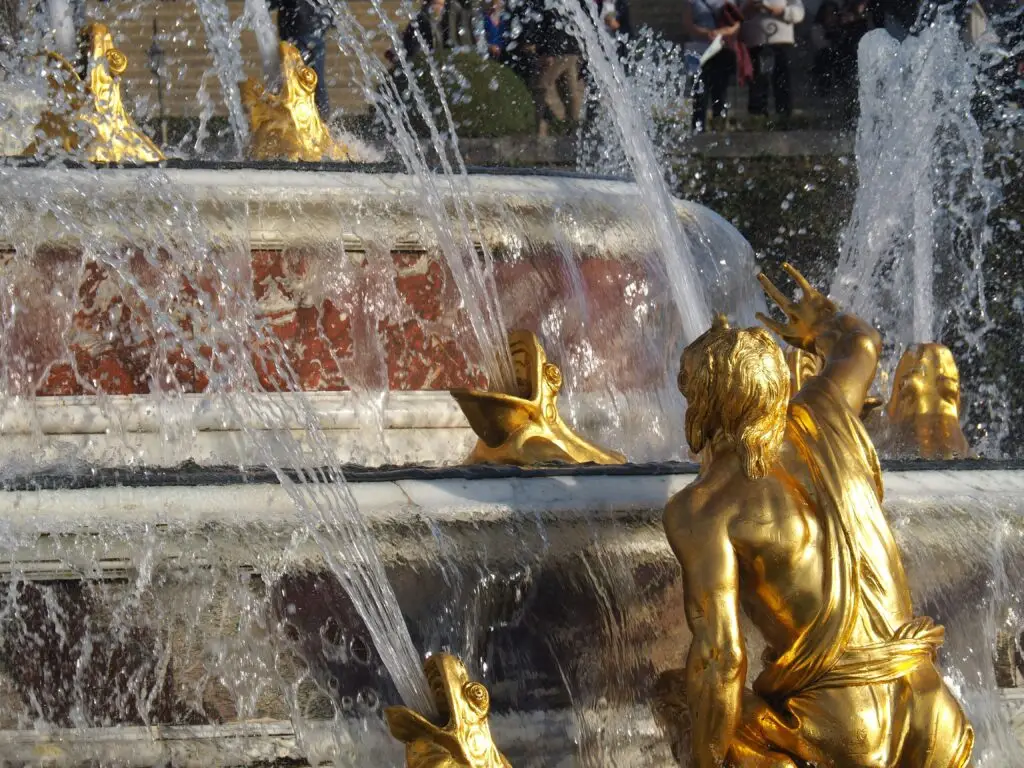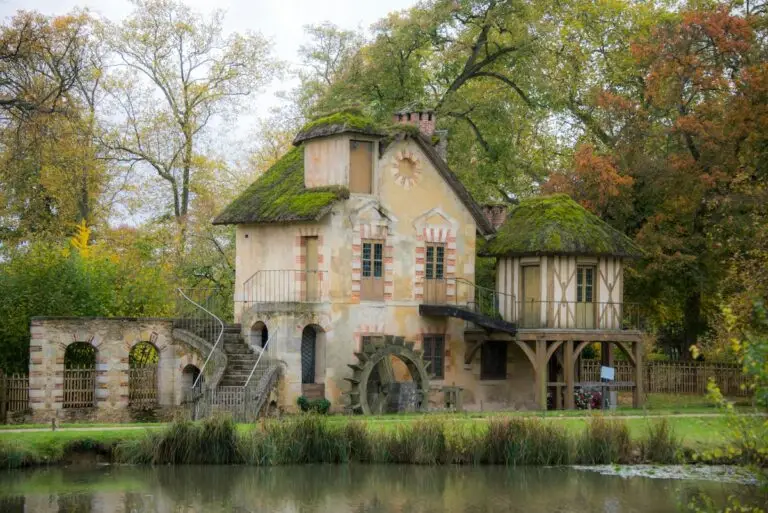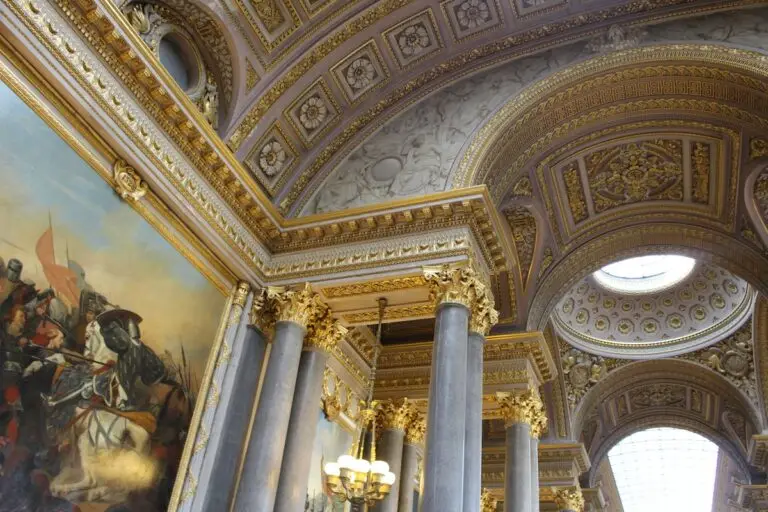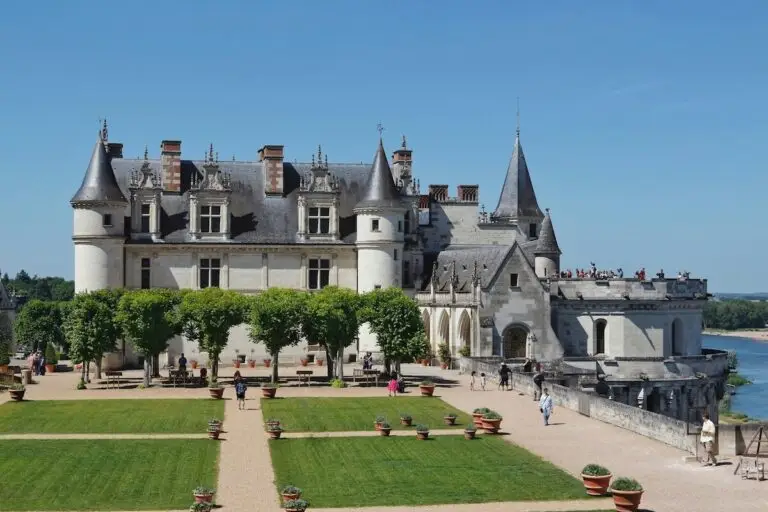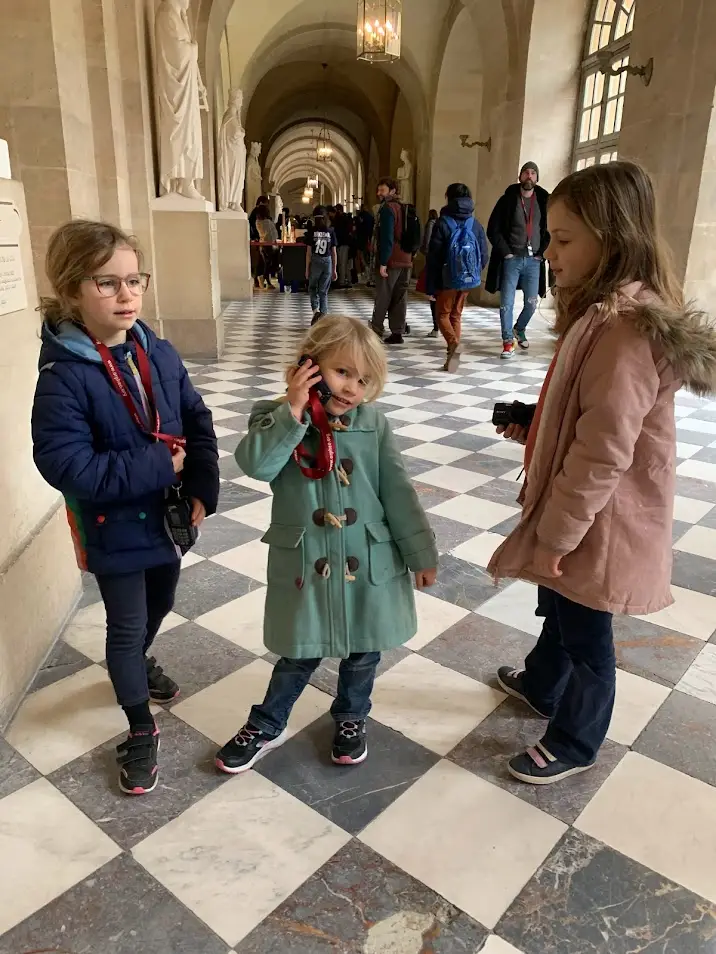Ready to learn 9 fascinating facts about Versailles? Here are some lesser-known stories from the history of France’s most opulent palace.
“There is nothing that the magnificence of the French court cannot accomplish.”
— Madame de Sévigné
The Palace of Versailles is a dazzling jewel in France’s crown, a sprawling estate that exemplifies both the heights of royal ambition and the eccentricities of its rulers. Few places on Earth have inspired such awe—and outrage—as Versailles.
While millions of visitors wander its gilded halls and lush gardens each year, the estate hides secrets and stories that make it even more fascinating. If you’re planning a visit or simply dreaming of strolling its grounds, here are some captivating facts about Versailles to keep in mind.
1. A Candlelit Wonderland
The Hall of Mirrors is the epitome of opulence, with its 357 mirrors reflecting light in breathtaking ways. In its heyday, over 20,000 candles illuminated this space, creating a glittering spectacle. Imagine the glow of candlelight bouncing off Venetian mirrors and gilded walls—a scene so mesmerizing that it’s easy to forget it was also the site of the Treaty of Versailles, which ended World War I.
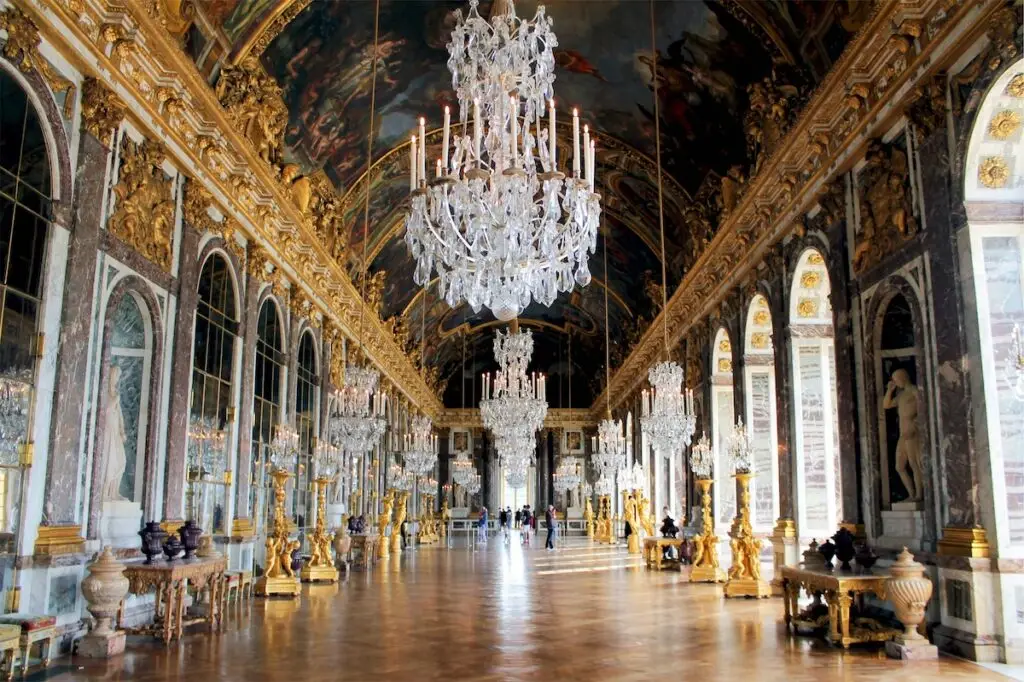
2. Stolen Secrets and Mirror Mysteries
When Louis XIV decided his palace needed the best mirrors in the world, he wouldn’t take no for an answer. Venice, which held the monopoly on mirror-making, guarded its techniques fiercely. Undeterred, Louis’s finance minister smuggled Italian artisans to France under cover of secrecy. The Venetians were so upset that they reportedly sent assassins to eliminate the traitors. Some survived, and the result was the dazzling Hall of Mirrors—a triumph of espionage and craftsmanship.
3. The Cold Dinner Problem
With over 700 rooms, the palace was a logistical nightmare for even the most efficient servants. The kitchens, located far from the dining rooms, meant Louis XIV often ate cold meals. This didn’t seem to bother the Sun King, who was more focused on ceremony than temperature. Meals, like everything else at Versailles, were events attended by nobles eager for a glimpse of royal life.
4. Marie Antoinette’s Escape to the Countryside
A little nugget, tucked away in a corner of the estate is the Queen’s Hamlet, a whimsical retreat where Marie Antoinette played peasant—a controversial pastime given the struggles of France’s actual peasants of the time. Complete with a farm, cottages, and a picturesque lake, the Hamlet was her way of escaping the pressures of court life. It’s also where she hosted intimate gatherings, far from the prying eyes of Versailles’ gossip mill.
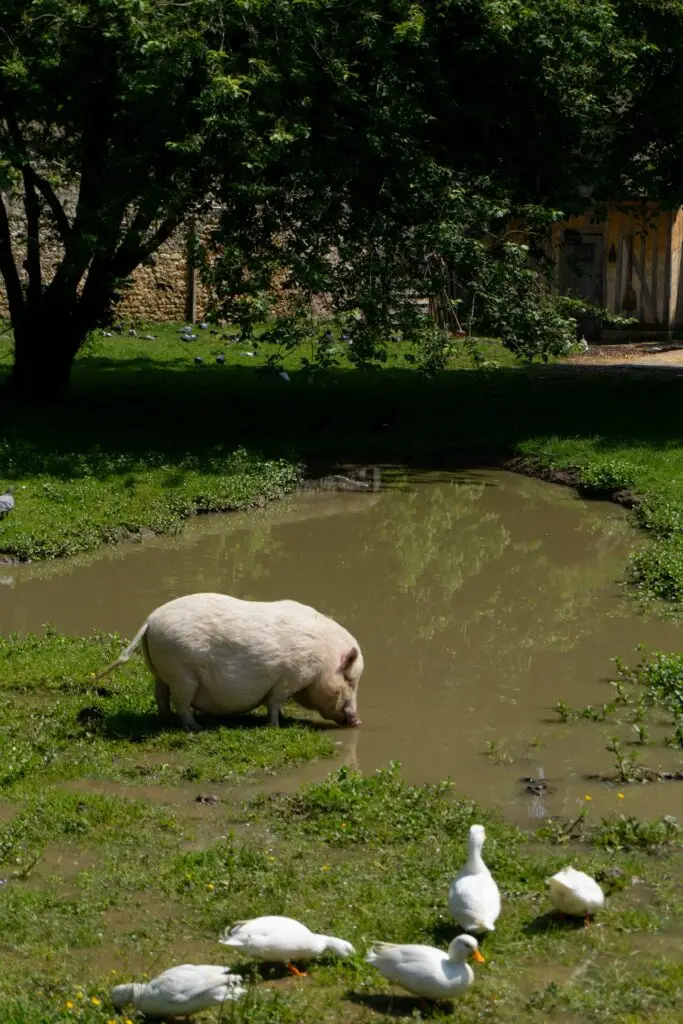
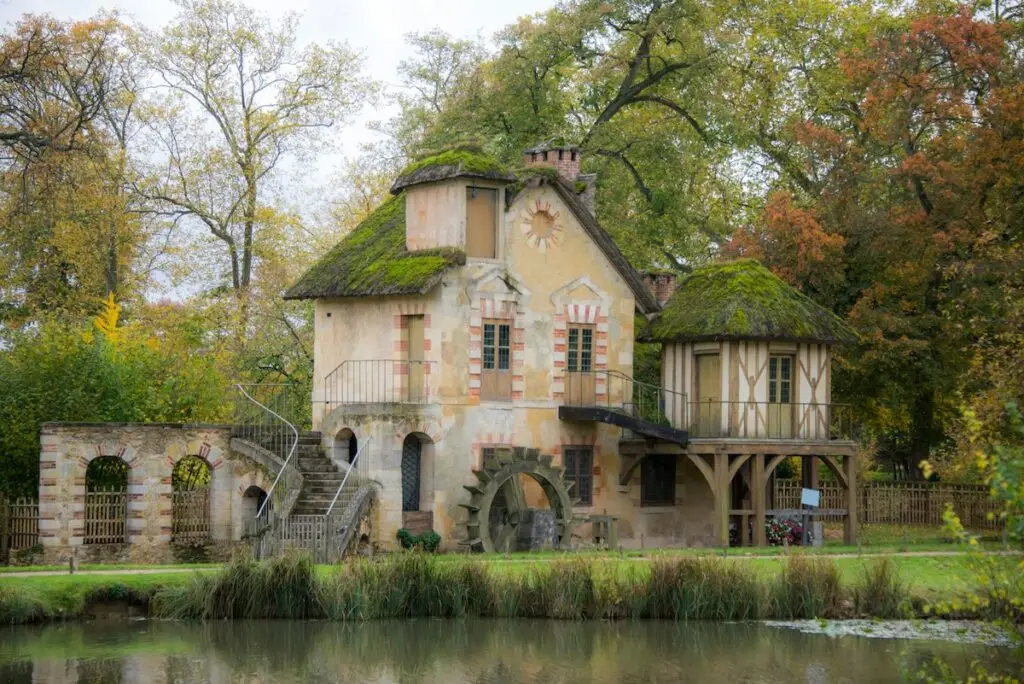
5. Revolutionary Echoes
Versailles wasn’t just a symbol of royal grandeur; it became a flashpoint for revolution. In 1789, enraged by the monarchy’s excesses, protesters stormed the palace. They ascended the Queen’s Marble Staircase, determined to confront Marie Antoinette. The queen narrowly escaped through a hidden passageway leading to the King’s apartments. This dramatic moment marked the beginning of the monarchy’s downfall.
6. Gold Gates and Modern Touches
If you’re wowed by the golden gates at Versailles today, you can thank modern reconstruction efforts. The original gates were dismantled during the French Revolution, but in 2008, they were meticulously recreated with 100,000 gold leaves. Real gold!! Even today, the allure of Versailles continues to captivate.
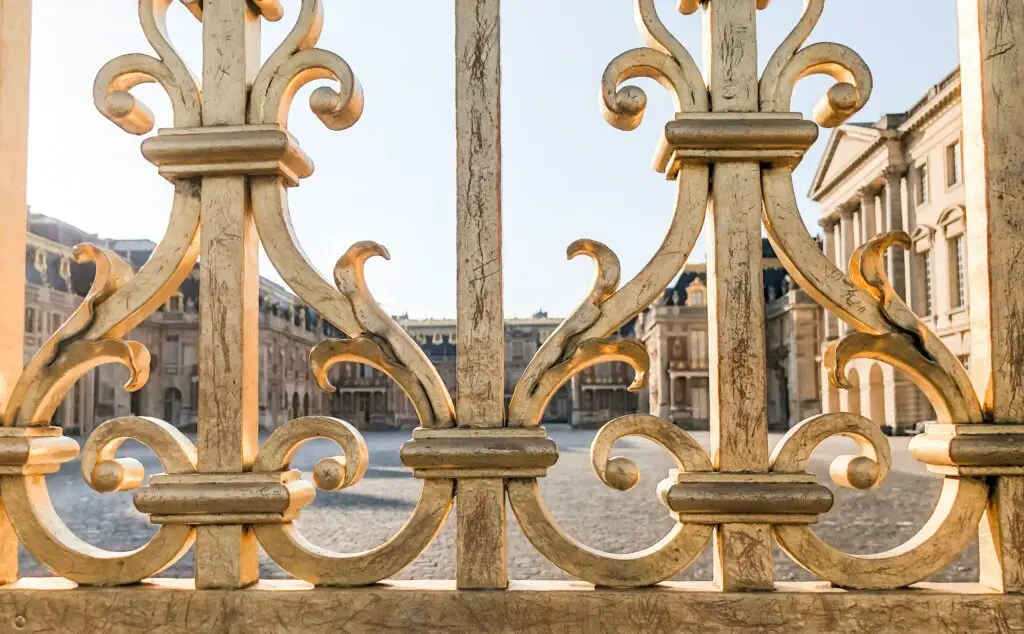
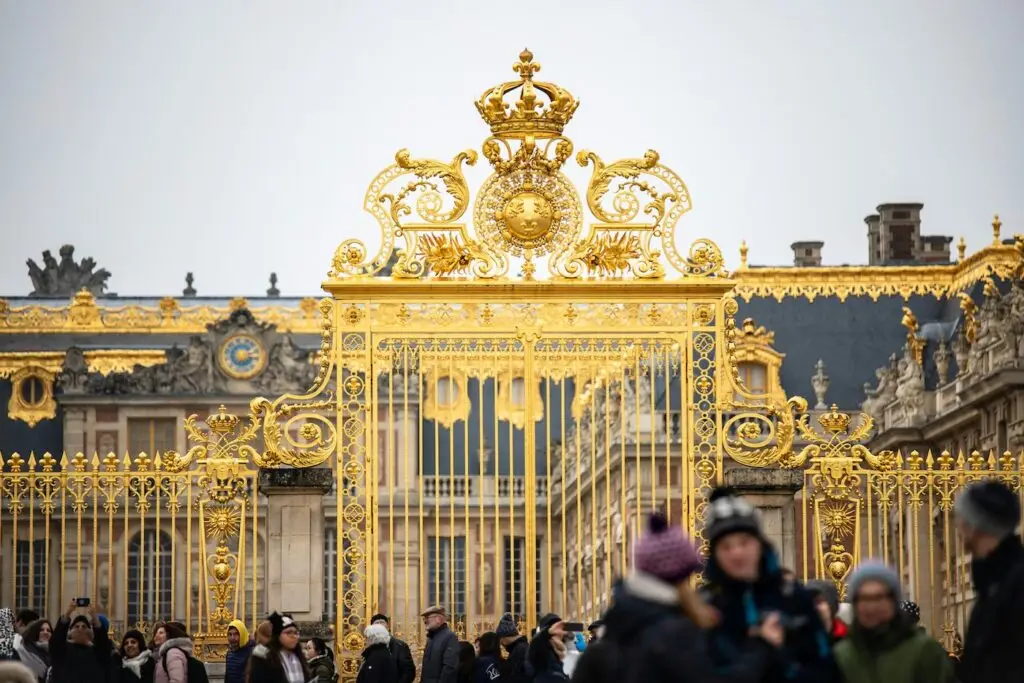
7. Water, Water Everywhere… Or Not
Louis XIV’s desire for fountains in the gardens posed a significant challenge—Versailles had no natural water source. Ingenious engineers developed hydraulic systems that brought water to the estate, but even they couldn’t keep up with the king’s demands. As a result, fountains were activated only when the king approached, ensuring there was always water in movement.
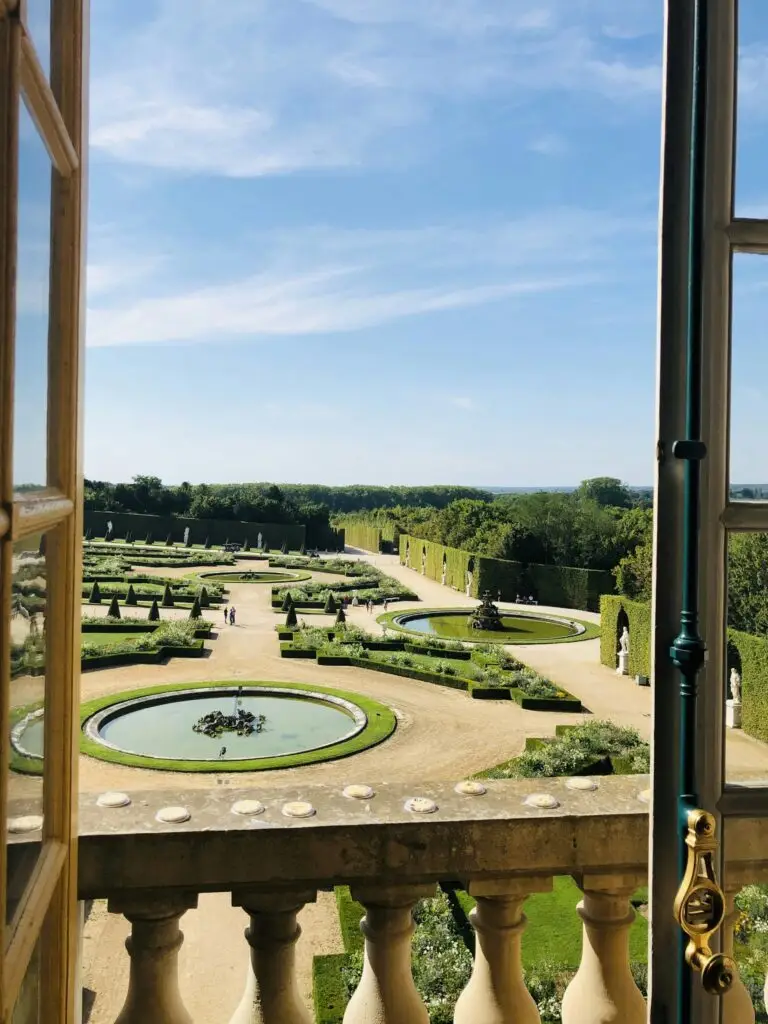
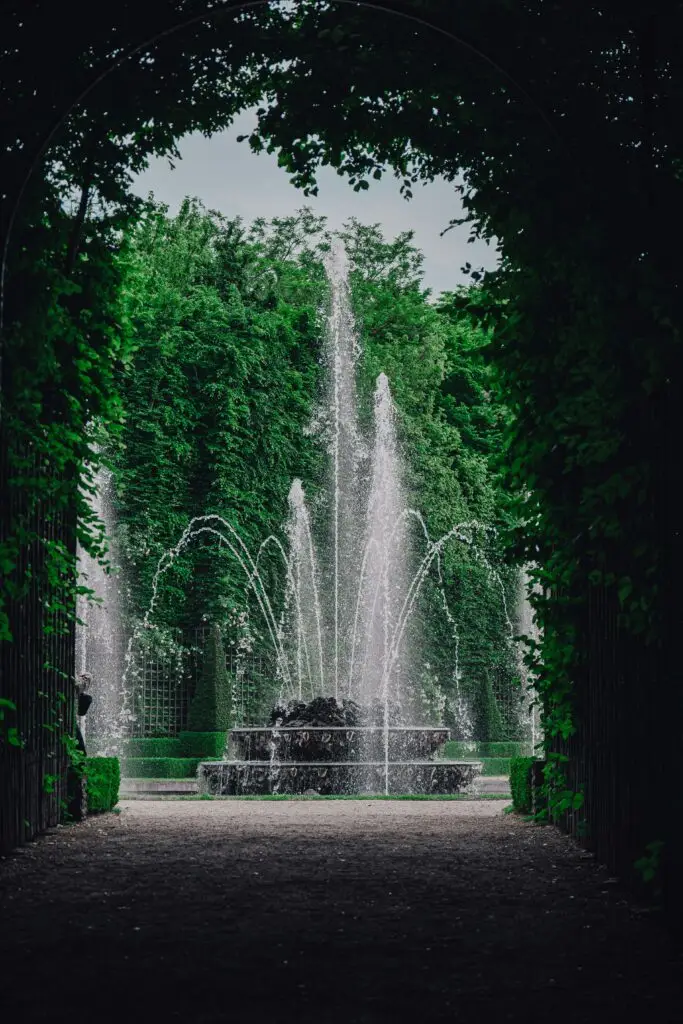
8. A Palace of Science
Versailles wasn’t just about extravagance; it was also a hub of innovation. Louis XV, a keen astronomer, hosted scientific experiments in the gardens. The estate became a playground for discoveries in botany, physics, and hydraulics. Observations made here even advanced the accuracy of navigational maps—a boon for France’s military and explorers.
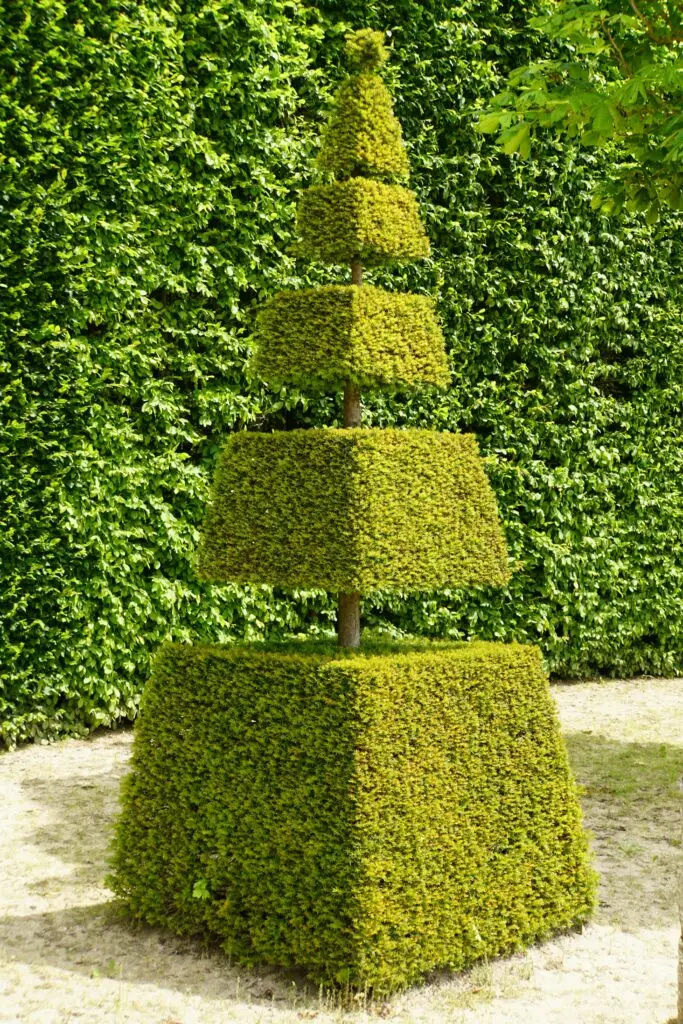
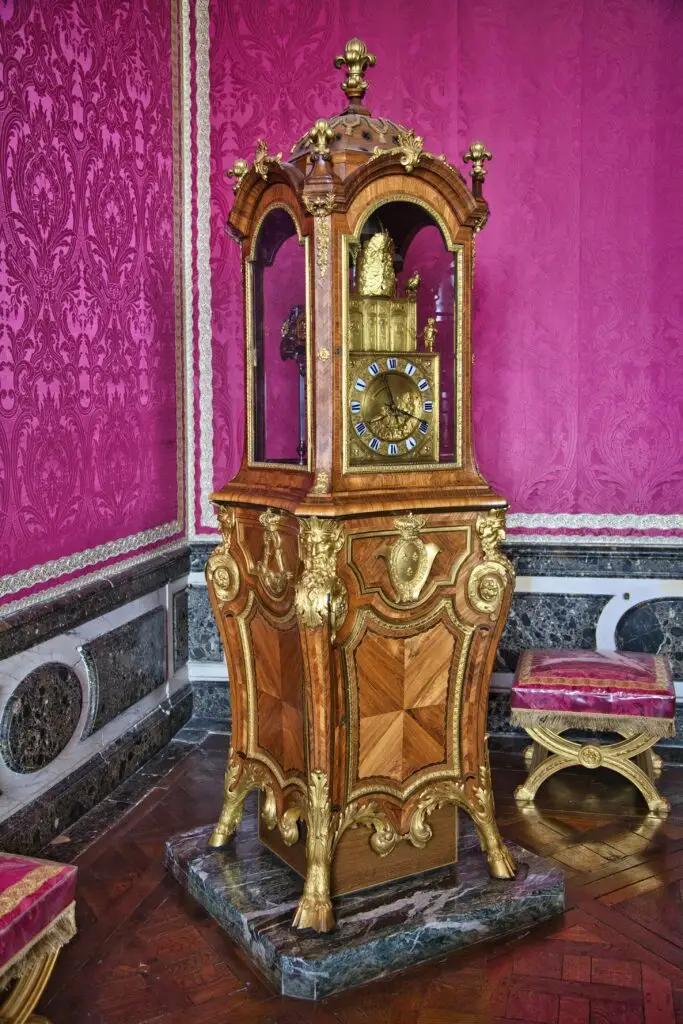
9. The Price of Extravagance
How much would it cost to build Versailles today? Estimates range from $2 billion to a staggering $300 billion. The estate boasts over 700 rooms, 1,250 chimneys, and 1,400 fountains, each a testament to the monarchy’s audacious spending. It’s no wonder Versailles became a symbol of royal excess—and a target during the revolution.
Facts About Versailles: A Summary
Visiting Versailles is like stepping into a living history book, where every corner has a story to tell. From its gilded halls to its revolutionary past, the palace offers a unique glimpse into the heights—and pitfalls—of human ambition.
If you’re planning a visit, I highly recommend reading up on its history before you go. Knowing these little details changed how I saw everything, from the mirrors in the Hall of Mirrors to the fountains in the gardens.
What about you? Have you visited Versailles, or do you have a favorite story about the palace? I’d love to hear it!
